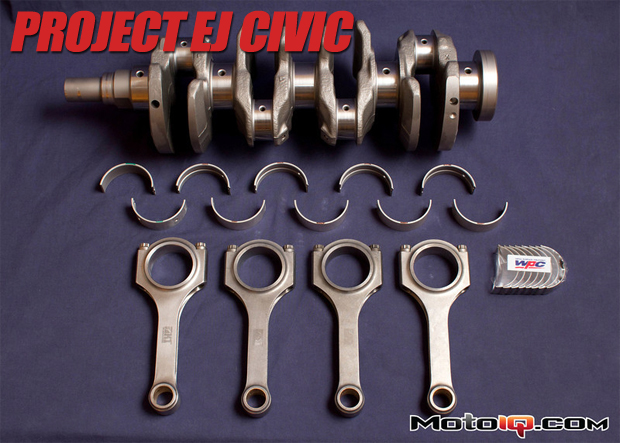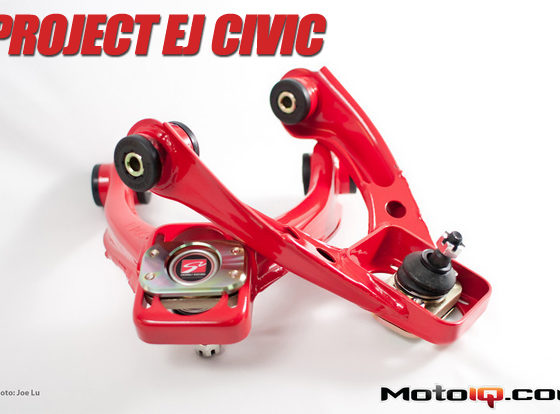,
A connecting rod experiences a high amount of compressive and inertial loads, which distorts and ovalizes the connecting rod's big end bore. This distortion and ovalization causes the connecting rod bolt to undergo bending, tensile, and sheer stresses making the connecting rod bolt among the most highly stressed fasteners in an engine. Due to the high levels of stress, K1 connecting rods are equipped with ARP 2000 connecting rod bolts for their high tensile strength and excellent notch toughness. Notch toughness is a material’s ability to resist loads and absorb energy in the presence of a surface imperfection such as a crack or the circumferential, V-shaped notch of a bolt’s threads.
Making it All Fit
The key differences between the QR25DE K1 connecting rod and the OEM B18C1 rod are the big end width, center-to-center length, and the pin end bore diameter. The length and the smaller pin end bore diameter would work in our favor.
The connecting rod center-to-center length of a QR25DE is 5.630″ compared to the center-to-center length of a B18C1, which is 5.433″. If I could get the QR25DE connecting rod to work in the B18C1, it would effectively increase its rod to stroke ratio from 1.58 to 1.64. A custom piston with a .209″ shorter pin height would take care of the pin end of the fitment issues and the smaller .787″ pin end diameter would help leave room for a conservative piston ring stack. The only thing that remained to figure out was how to mate the big end of the QR25DE connecting rod to the B18C1 crankshaft.
Mating the Nissan QR25DE rod to the Honda B18C1 crankshaft would prove not to be be as straight forward as the last H22/SR20 combo we came up with. The main difference between the two long rod combinations is that the SR20DE rod journal has an undercut, cold rolled radius at each end that allowes for ample rod clearance. However, on the Honda B18C1, a typical radius extended from the rod journal to the cheek of the crankshaft. Using a radius gage, I estimated it to be approximately .090″, but from how the gauge fit, I could tell that the journal radius was more complex than I had originally thought.








